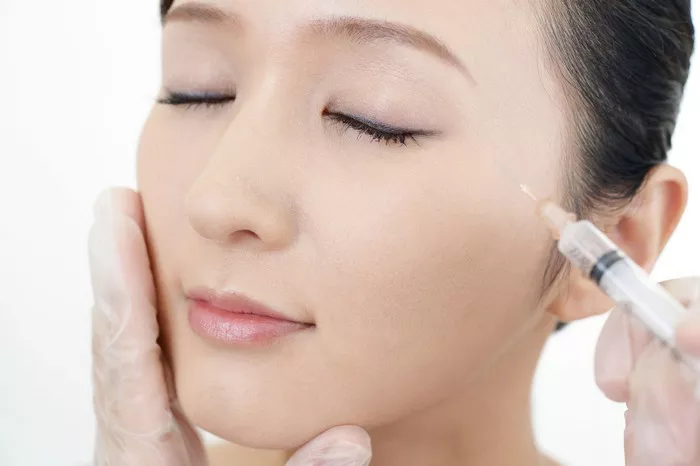A groundbreaking study titled “Physical Attractiveness and Cardiometabolic Risk,” published in the American Journal of Human Biology, has unearthed a significant link between physical attractiveness and long – term health. The research, conducted by Grzegorz Bulczak from the Gdynia Maritime University in Poland and Alexi Gugushvili of the University of Oslo in Norway, challenges the conventional wisdom and offers fresh insights into the relationship between appearance and well – being.
The researchers aimed to explore the connection between physical attractiveness and health outcomes, taking into account potential confounding factors. Previous studies had hinted at an association between attractive facial features and better health perception, yet the reliability of these links had been questioned from theoretical and methodological standpoints. To address this, they utilized data from the U.S. National Longitudinal Study of Adolescent to Adult Health (Add Health). In the study, interviewers rated participants’ physical attractiveness on a scale of 1 to 5, where 1 indicated “very unattractive” and 5 signified “very attractive.” Cardiometabolic risk (CMR), based on biomarkers such as LDL cholesterol, glucose levels, C – reactive protein, blood pressure, and resting heart rate, was used to assess health outcomes.
The results were striking. After a 10 – year follow – up, individuals rated as above – average in attractiveness were noticeably healthier compared to those with average looks. Even after controlling for various factors like socioeconomic status, personality traits, intelligence, and self – rated health, the association between attractiveness and lower cardiometabolic risk remained statistically significant. “Our key finding is that, without any additional information, physically attractive individuals tend to be healthier on average than their less attractive counterparts a decade later,” said study author Alexi Gugushvili.
However, the study also brought forward an intriguing discovery. Those rated as “very unattractive” were found to have lower cardiometabolic risk, which aligns with earlier research suggesting that such individuals may have certain advantages in other life outcomes. For example, a 2018 study showed that “very unattractive” people often had higher incomes, sometimes surpassing those of average and attractive respondents.
The researchers acknowledged some limitations of the study. Potential biases from interviewer – assessed physical attractiveness and the possibility of reverse causation between attractiveness and health were among the concerns. “We measured health outcomes using an allostatic load, but future research could explore the links between physical attractiveness and mortality outcomes,” Gugushvili noted.
Overall, while the exact mechanisms behind the relationship between physical attractiveness and health remain unclear, this study provides compelling evidence that appearance may be a stronger indicator of long – term health than previously thought. The findings not only support the evolutionary perspective that physical attractiveness is linked to biological health but also suggest that factors such as life satisfaction, self – confidence, and ease in forming relationships, often associated with attractiveness, may contribute to better health. As the study implies, perhaps it’s time to reevaluate how we perceive the connection between looks and health in our modern society.
Related topics:
































